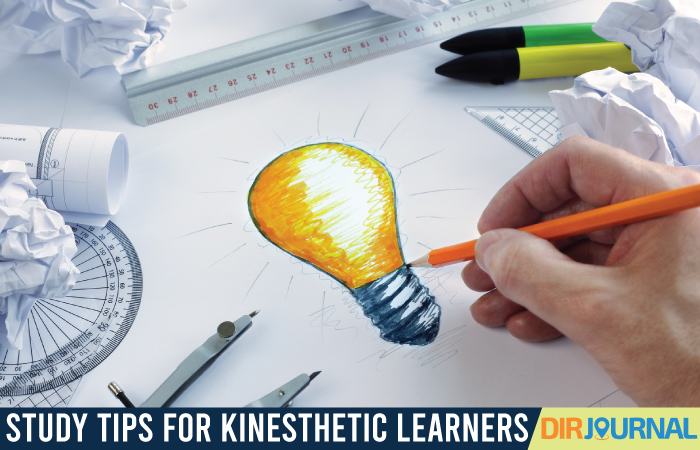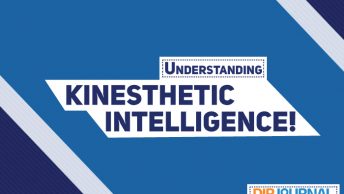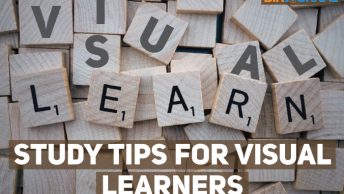Some people are kinesthetic learners: people who need motion to learn. These people can’t exactly learn the best from just hearing something said or from seeing it—they need to do it. These are often called “tactile” learners, too, though on a practical level “touch” is really a distinct learning type. You can be one without being the other, so don’t be too attached to the technicalities.
The fact is, even in the overall “kinesthetic” learning type, different subtypes exist, and only partially because of different possible secondary learning type combos. Colors help some people; hinder others. Some people find themselves better oriented towards the doing aspect that teachers usually cater to; others find it better just to move.
1. Chew
Does your school or situation allow you to chew gum? Do you lack braces or TMJ? Then quietly chewing a bit of gum might offer the motion stimulus you need to help you learn. Just make sure you keep your mouth closed—smacking’s a sure way of making others mad at you and maybe even of losing your gum privileges.
2. Color
Make a photocopy of your notes or the map or whatever you’re studying. Now pull out some colored pencils, highlighters, or whatever you have available, and color it! Pay attention to what you’re coloring, and the act of coloring could be your best option. It’s also possible that the mere act of color-coding your notes might be enough.
3. Jitter
This can really annoy people, but sometimes silently tapping your leg or bouncing your foot can be the stimulus you need to learn or maybe even pay attention when listening to a lecture, since it’s a healthy alternative to (rudely) picking your nails. The foot-bouncing produces less movement and less distraction to those around you than leg-bouncing does, so even those who protest leg motion might be placated with this compromise.
4. Type
Type out your notes on a computer, typewriter, or calculator (though I wouldn’t advise that last one for time reasons). Pay attention as you type, and experiment with different fonts and coloring. If this works for you, regular black type will probably be fine, but some people will find colored cursive reminiscent of their own highlighted handwriting better.
5. Walk
Some folks’ personal favorite: walking. Take your notes and repeat them to yourself while walking. If you’re in a rush, walking faster or bouncing while you walk can sometimes help, though this method’s effectiveness might vary with subject. When space is limited (or you’re in a hallway awaiting a test), a few-step pace back and forth can suffice instead of a wide circling you might prefer when you have room.
6. Write
Try writing out your notes by hand. Some people find this method the cement for their memories, especially some forms of visual learners. If trying this method, you do have to pay attention to what you’re writing and can’t just run on autopilot. Experiment with pencil and pen, polychromatic (colored) and monochromatic (black and white).
7. Yo-yo
As crazy as this might sound, some people have their best results from this one: studying while yo-yoing. The motion and sound (the yo-yo has a type of buzzing sound while twirling on the string) make this method especially useful to audio-kinesthetic learners. If you try this one, you’ll probably find yourself walking while studying, as well.
Chances are, even if you are a kinesthetic learner, some of these methods will be worthless to you—especially if you, like me, can’t yo-yo. Experiment with these methods, and pay attention to what you naturally do when trying to pay attention to someone (even if you’re usually reprimanded for doing it). Perhaps your natural tendency can be adjusted into something that won’t get you into trouble; maybe, instead of picking your nails, you can bounce your foot.
As long as you remember the substitution, of course.














